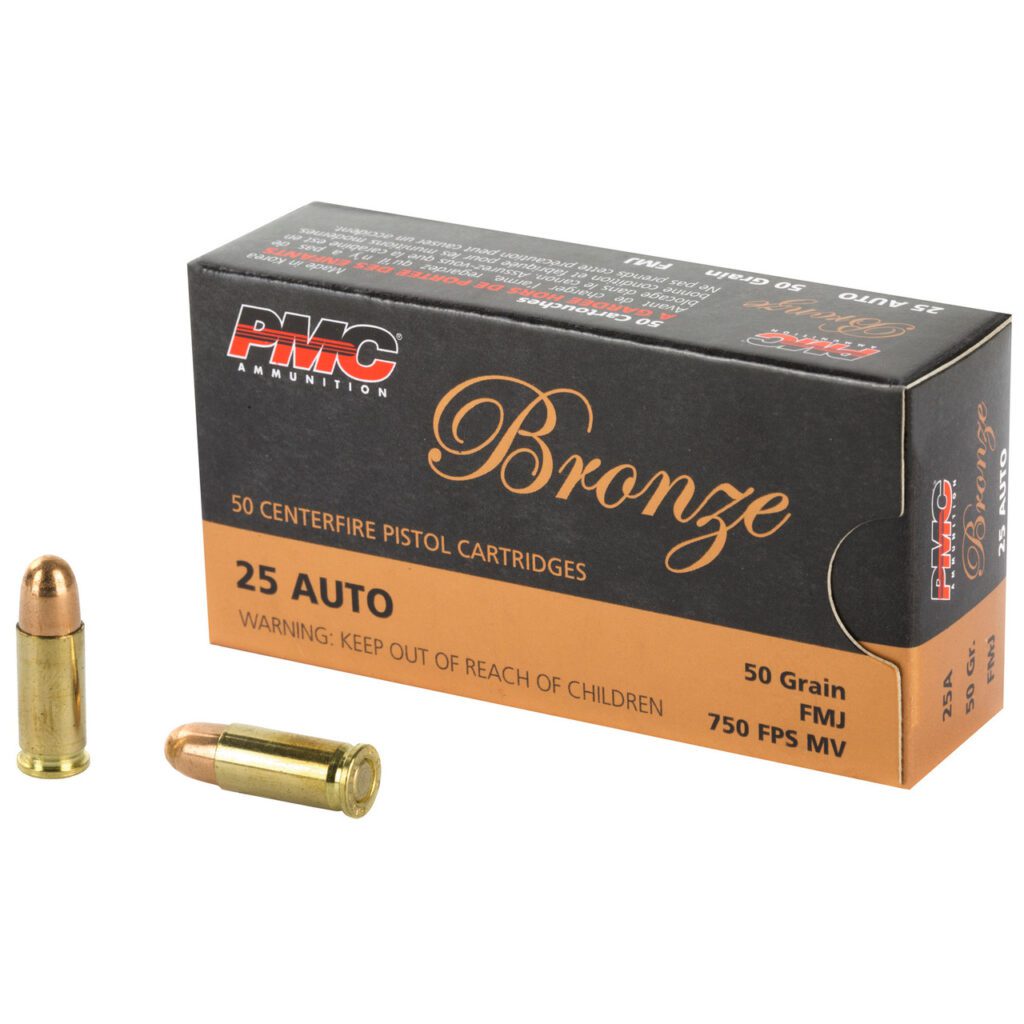25 ACP (also known as the .25 Auto or 6.35×15mm SR) is one of the smallest and least powerful cartridges in the ACP family. It was designed by John Browning in 1905 and has been in production ever since. It is a rimless, straight-walled pistol cartridge that is capable of propelling a 50 grain, 25 caliber bullet at a velocity of 690 feet per second. Due to its size and low power, 25 ACP is often used as a target practice or recreational round and is not recommended for defensive use.
25 ACP’s popularity is due in part to the growing popularity of pocket firearms, which are designed to be used for concealed carry and personal protection. The lower power and light recoil of 25 ACP make it ideal for smaller handguns, and allow them to be used for self defense in situations where a larger caliber may be overkill or pose a potential threat to innocent bystanders.
While 25 ACP is sometimes viewed as a novelty round, it is still a viable self defense option for those who choose it. It is capable of penetrating the skin and causing tissue damage, and is an effective deterrent if fired at an aggressor’s eyes or face. Its small size and lack of kick also make it a popular training round for novice shooters, and can be used to build shooting confidence in a safe and controlled environment.
In conclusion, 25 ACP is a small rimless cartridge developed by John Browning in 1905. It is often used for target practice and recreational shooting, and is a viable defensive round if used in the right situation. Its light muzzle velocity and low recoil make it ideal for small handguns, and its small size makes it an excellent choice for those who are new to shooting. Despite its small size, 25 ACP is a viable self defense option for those who choose it and is an effective deterrent when used properly.


